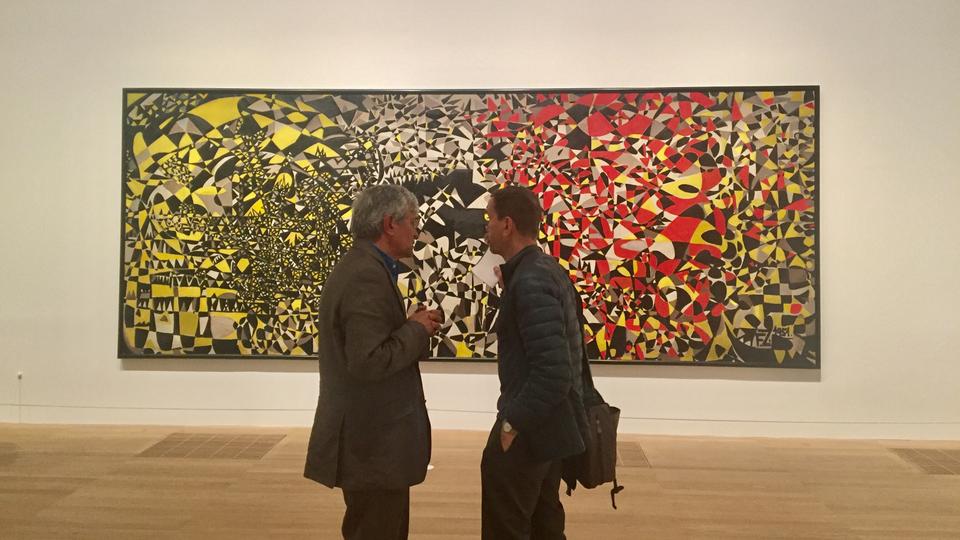Researchers find that visiting museums can help attendees capture a sense of well-being and peace.

Referring back to its constitution, the World Health Organization (WHO) says it has always “long used the arts in its work on health promotion and communication.”
The 1947 UN constitution defines health as a “state of complete physical, mental and social well-being and not merely the absence of disease or infirmity.”
A study that the WHO has conducted in Europe questions the role of art in health and mental well-being and concludes that “Results from over 3000 studies identified a major role for the arts in the prevention of ill health, promotion of health, and management and treatment of illness across the lifespan.”
Similarly, a University of Pennsylvania study examined more than 100 studies that “explored the emotional experience of visiting a museum, and Katherine Cotter, a postdoctoral fellow, concluded that museum visits yield mental health benefits.”
Speaking to the PBS station WHYY, Cotter, whose results were recently published in The Journal of Positive Psychology, said “We’re seeing that going to an art museum is really effective at reducing your stress.
“If we think about the stress hormone cortisol, there’s been a few studies examining if you just go for half an hour to an art museum and measure people’s cortisol levels before they go in, after half an hour it shows the kind of recovery time [normally] equivalent to a few hours.”
Cotter explained that “When we enter a museum, we’re entering it with an intention. We’re entering this particular space that has unique art, architecture, and has unique things that we’re going to be seeing whether it’s an art museum or another form of museum or cultural institution.”
According to Cotter, museum attendees “engage different mindsets and different cognitive processes. Once we get into the meat and potatoes of the museum visit, we see ourselves more concerned communally, thinking about how things are interrelated in the world more broadly.”
Cotter and her fellow researcher James O Pawelski found that “programs targeting flourishing outcomes in clinical or at-risk populations (e.g. people living with dementia, older adults) show benefits to participants, with visits to art museums being socially prescribed across the globe to address a variety of ill-being conditions.”
Politico recently reported that Belgian healthcare officials will be able to prescribe museum visits for mental wellbeing, including Manneken Pis, the mischievous boy fountain statue, and the Sewer Museum, to people who are “suffering from mental health issues.”
Talking to psychologist Mark Travers in therapytips.org, Cotter suggested that even for people intimidated by visiting an art museum, there are ways to feel less self-aware.
She offered two solutions: One is participating in a guided tour of the museum, which provides information about artworks and brings forth a framework for viewing art.
The second is not to overthink things, as Cotter noted that there is no right or wrong way to look at art.
She recommended questioning yourself about your thoughts about the artwork, why you think of it that way, and whether it reminds you of anything or provokes any kind of emotional response.
“A big part of enjoying art is being open to the experience and realizing that it’s okay if you don’t ‘get’ an artwork or find it confusing,” said Cotter.
“I go to the museum and that happens to me all the time. Going to the art museum does not require any knowledge about art or art history to have an enjoyable and meaningful visit.”
Pointing to a picture depicting residents of 18th century Brussels at the City Museum, Dr Vincent Lustygier, a psychiatrist at the Brugmann University Hospital, told Politico: “Look at them.”
“They existed centuries ago, but they are not dead. Through the arts, we laugh at death.”
Source: TRTWorld and agencies
Can museums affect our mental health in a positive way? Researchers say yes
Source: News Achor Trending
0 Comments